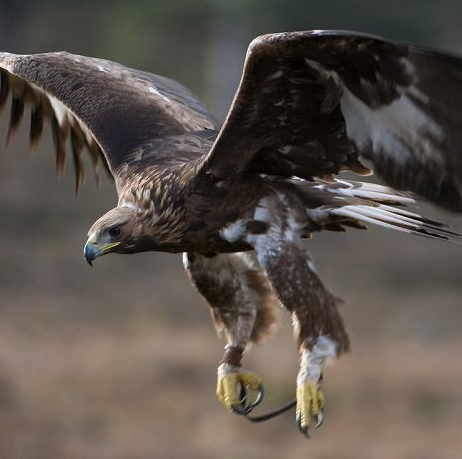Mariology
The commonly held teachings of Mariology can be derived from her function as Mother of God (Theotokos), a term first used around 320 and formally approved by the Council of Ephesus in 431. Mariologists argue that Mary, who enabled God the Savior to be born, has a position more exalted than any other creature. She is the Queen of Heaven. Moreover, since her motherhood was indispensable to God's redemptive activity, Mary is essential to the final, spiritual perfection of every creature. Accordingly, although she was not involved in their original physical creation, Mary is, in this ultimate sense, the Mother of God's Creatures. This includes being Mother of Humans, a title found in Ambrose but popularized around 1100, and Mother of Angels, a term first found in the thirteenth century.
Mary's involvement in salvation makes her co - redemptrix along with Christ. Irenaeus contrasted Eve's disobedience, which brought humanity's downfall, with Mary's obedience, which "became the cause of salvation both for herself and the human race." Beginning in the twelfth century references appear to her redemptive work not only in Christ's birth but also at the cross. Most Mariologists insist on both. While Jesus offered his sinless person to appease God's wrath, Mary, whose will was perfectly harmonious with his, offered her prayers. Both atoned for our sins, although Christ's satisfaction was primary and wholly sufficient. Mary's mediatory role includes her present intercession for sinners. This was seldom mentioned before the twelfth century, when popular piety regarded Mary as more lenient than her Son, the Judge.
Mary's exalted role implies Mariological assertions about her life. If Mary had ever been stained by sin, she would have been God's enemy and unfit to bear him. Consequently, she must have been "immaculate" (wholly free from any sin) from the instant she was conceived. The immaculate conception, hotly debated in the Middle Ages and early modern era, was opposed by Thomas Aquinas and his followers. But in 1854 Pius IX declared it an official dogma.
Mary's immaculate conception implies that she possessed a "fullness of grace" from the first instant. Further, she was immune to the slightest sin throughout her life. Mariologists also stress Mary's perpetual virginity. This includes, first, her virginity in partu: that Jesus was born without opening any part of her body; second, that she remained a virgin throughout her life. Though Mary's perpetual virginity, and especially her sinlessness, were challenged by some early fathers, they were generally accepted by Augustine's time. Proponents of perpetual virginity often assumed that anything else would contradict her purity. Finally, Mariologists teach that after her death Mary was assumed bodily into heaven. No clear reference to the assumption of Mary appears before the sixth century. It was not generally accepted until the thirteenth and was promulgated by Pius XII in 1950.
Protestants have criticized Mariology because many assertions apparently lack biblical foundation. Scripture does not mention her immaculate conception or assumption. Her perpetual virginity is challenged by references to Jesus' sisters and brothers (Mark 3:31; 6:3; John 2:12; 7:1 - 10; Acts 1:14; Gal. 1:19; Mariologists claim they were cousins). Moreover, the Gospels do not present Mary unambiguously as sinless and in continuous accord with Christ's will. Protestants have also argued that Mariology exaggerates the contribution that any human can make to divine redemption. Luther and Calvin saw Mary as a human who in herself was nothing; she was enabled to bear Christ wholly through God's grace. Conservative Protestants argue that most Mariological excesses, her roles as Mother of God's Creatures, co - redemptrix, intercessor; her immaculate conception; and her "fullness of grace", spring from overestimating the human role in redemption, which was perhaps already implied by Irenaeus. This ancient theological issue may be the most fundamental one surrounding Mariology.
T N Finger
(Elwell Evangelical Dictionary)
Bibliography
S Benko, Protestants, Catholics and Mary; L Bouyer, The Seat of Wisdom; E A Carroll, "A Survey of Recent Mariology," MarS 18, and "Theology on the Virgin Mary: 1966 - 1975," T S 37; J B Carol, Fundamentals of Mariology and Mariology; H Graef, Mary: A History of Doctrine and Devotion; R Laurentin, The Question of Mary; G Miegge, The Virgin Mary; T A O'Meara, Mary in Protestant and Catholic Theology; O Semmelroth, Mary, the Archetype of the Church; E Schillebeeckx, Mary, Mother of the Redemption.
Source:
http://mb-soft.com/believe/txn/mariolog.htm







